In honor of TRCP’s 20th anniversary, here are some of our proudest moments as an organization and the biggest victories our team has helped to advance on behalf of hunters and anglers
The TRCP Is Founded to Fill a Serious Need
2002
After starting the modern conservation movement more than 100 years earlier, hunters and anglers had lost much of our relevance in federal policy by the early 2000s. Our community had so successfully committed to bringing back individual species—like ducks, whitetail deer, wild turkeys, elk, pronghorn antelope, native trout, and more—that we became fractured and lost sight of the broader issues of conservation.
This became apparent to James D. Range, a lifelong sportsman and longtime senior Republican staff member in the Senate, who had played a critical role in advancing some of the nation’s most important natural resources legislation, including the Clean Water Act. He knew that our community—if we banded together—could again be a powerful voice for conservation. And in 2002, he created the Theodore Roosevelt Conservation Partnership to present a united front to decision-makers on the issues that matter to all hunters and anglers.
TRCP Today: The organization continues to build off Range’s vision, uniting and amplifying a community that has become a powerful force in conservation. As a result, the last decade has been one of the most substantial periods for conservation policy since the 1970s. We have grown to more than 60 organizational partners and 130,000 individual advocates in pursuit of solutions that benefit America’s 60 million hunters and anglers.
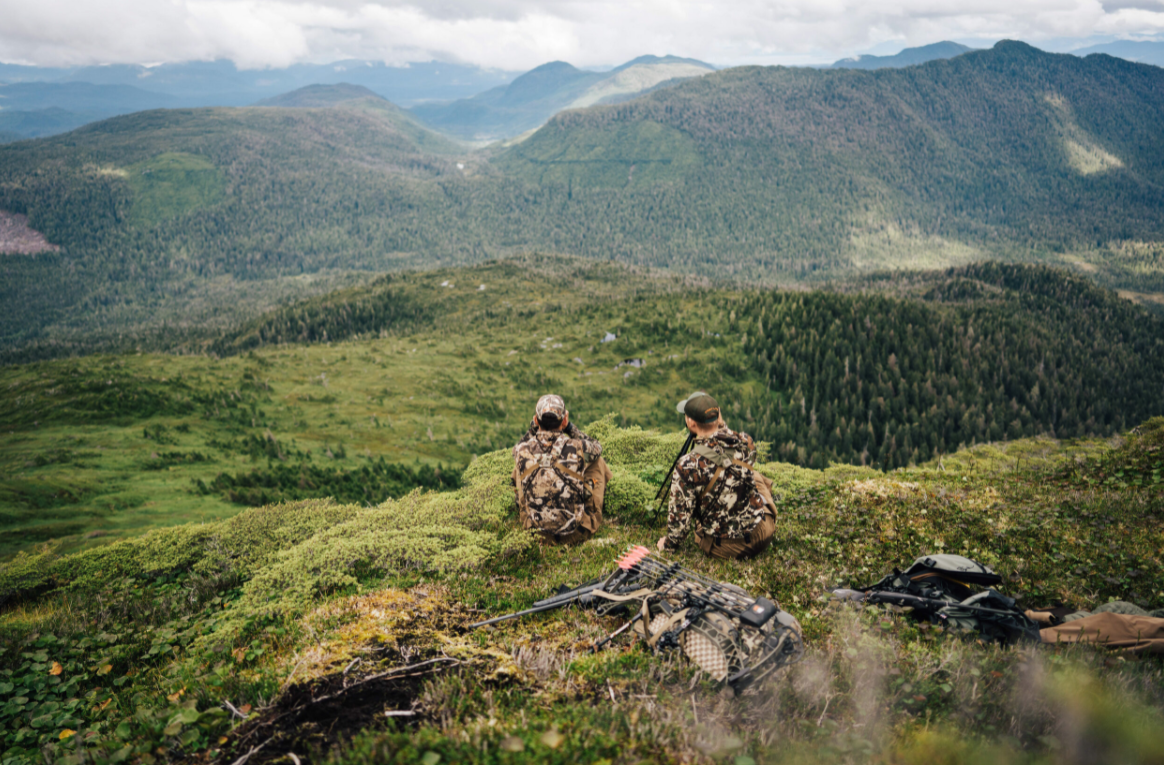
Roadless Rules Help Conserve Backcountry Habitat
2002-2012
Since the TRCP’s inception, we have advanced policies that conserve large blocks of intact habitat, including roadless areas on our national forests, to maximize hunting and fishing opportunities. Roadless area conservation was one of TRCP’s founding issues, and between 2002 and 2012, the TRCP helped to successfully conserve 58.5 million acres of habitat on public lands in 38 states.
Led by TRCP staff on the ground, sportsmen and sportswomen were a consistent, engaged, and reasonable presence throughout multi-year rulemaking processes in Idaho and Colorado. In 2008, we successfully advocated for strong conservation of backcountry habitat in a final rule for Idaho’s 9.3 million acres of roadless areas. Then, in 2012, recommendations from our community were incorporated into a final Colorado roadless rule that safeguarded 4.2 million acres of backcountry for future generations.
Finally, in October 2012, the Supreme Court rejected a challenge to the nationwide 2001 Roadless Area Conservation Rule, resolving the issue nationally in a way that conserved these valued habitats and sporting destinations, while providing commonsense flexibility for habitat restoration. These efforts have helped fish and wildlife managers to maximize public hunting and fishing opportunities and safeguard vital habitat for the foreseeable future.
TRCP Today: We continue to advocate for solutions that conserve unfragmented habitat. With a field team that now reaches from New Mexico to Alaska, TRCP is advocating for the establishment of Backcountry Conservation Areas on Bureau of Land Management lands, the first of which was adopted two years ago, and reinstating conservation safeguards across 9.2 million acres of the Tongass National Forest, which the U.S. Forest Service exempted from the roadless rule in 2020.
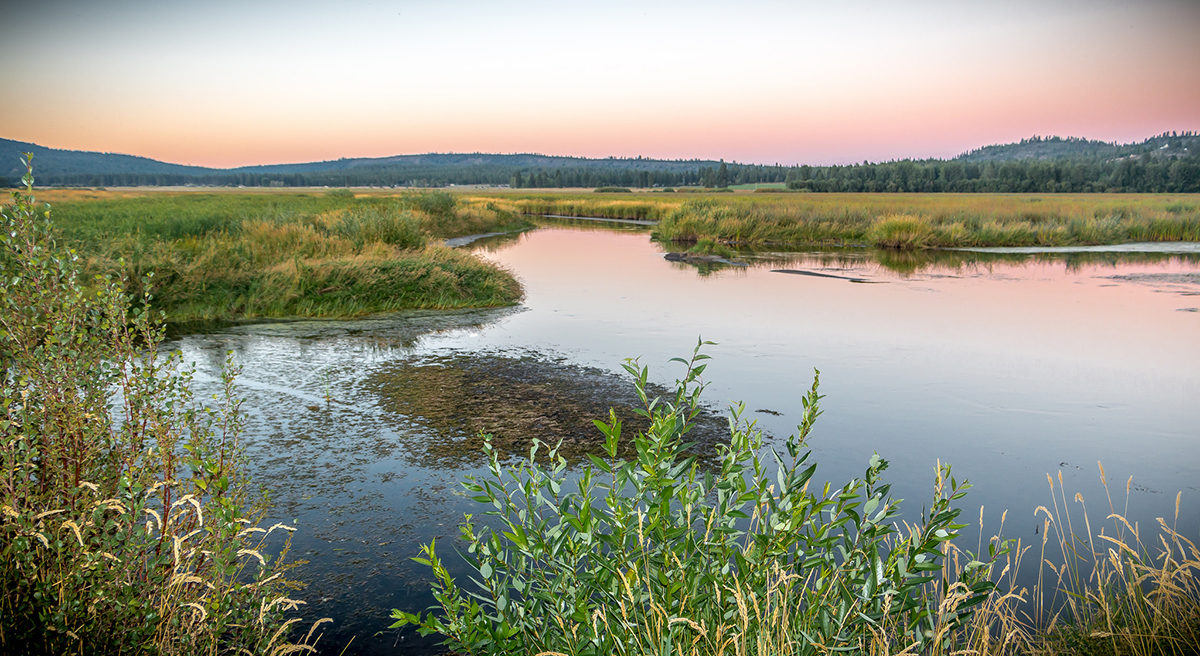
TRCP Defends Wetlands and the Clean Water Act
2004-2015
On Earth Day in 2004, President George W. Bush laid out a strategy to move beyond the “no net loss” policy for wetlands that his father established in 1989. This commitment to increasing wetlands acreage annually was one of TRCP’s signature issues at the time, but this early victory did not mean we could rest on our laurels.
In fact, just two years later, there was talk of the George W. Bush Administration weakening Clean Water Act protections for wetlands. Given his role in helping to write the nation’s bedrock law on clean water, TRCP’s co-founder Jim Range was understandably moved to act. He led a delegation to Texas and drove around Bush’s ranch with the president, ultimately convincing him to abandon plans to weaken the Clean Water Act.
In the 2010s, the TRCP was a key voice in advocating for Clean Water Act protections for both wetlands and headwater streams, after a series of Supreme Court cases and subsequent federal agency actions made it unclear which bodies of water the Act protects. In 2015, after an extensive public process and based on a massive study of hundreds of scientific articles about water quality, the Environmental Protection Agency and U.S. Army Corps of Engineers adopted a rule to clarify federal jurisdiction over the “waters of the United States.” Though it was ultimately reversed, the rule was a major victory for hunters and anglers: It would have helped conserve the roughly 60 percent of streams and 20 million acres of wetlands that were at risk of being polluted or destroyed because of jurisdictional confusion.
TRCP Today: Our water resources team has expanded to support conservation solutions in the Delaware, Colorado, and Rio Grande river basins, and we continue to advocate for headwaters, wetlands, and prairie potholes. In June 2021, the EPA and Corps announced that they would reconsider which waters and wetlands should be protected under the Clean Water Act—again. Sportsmen and sportswomen are important stakeholders in this public process that could secure protections for critical fish and waterfowl habitat.
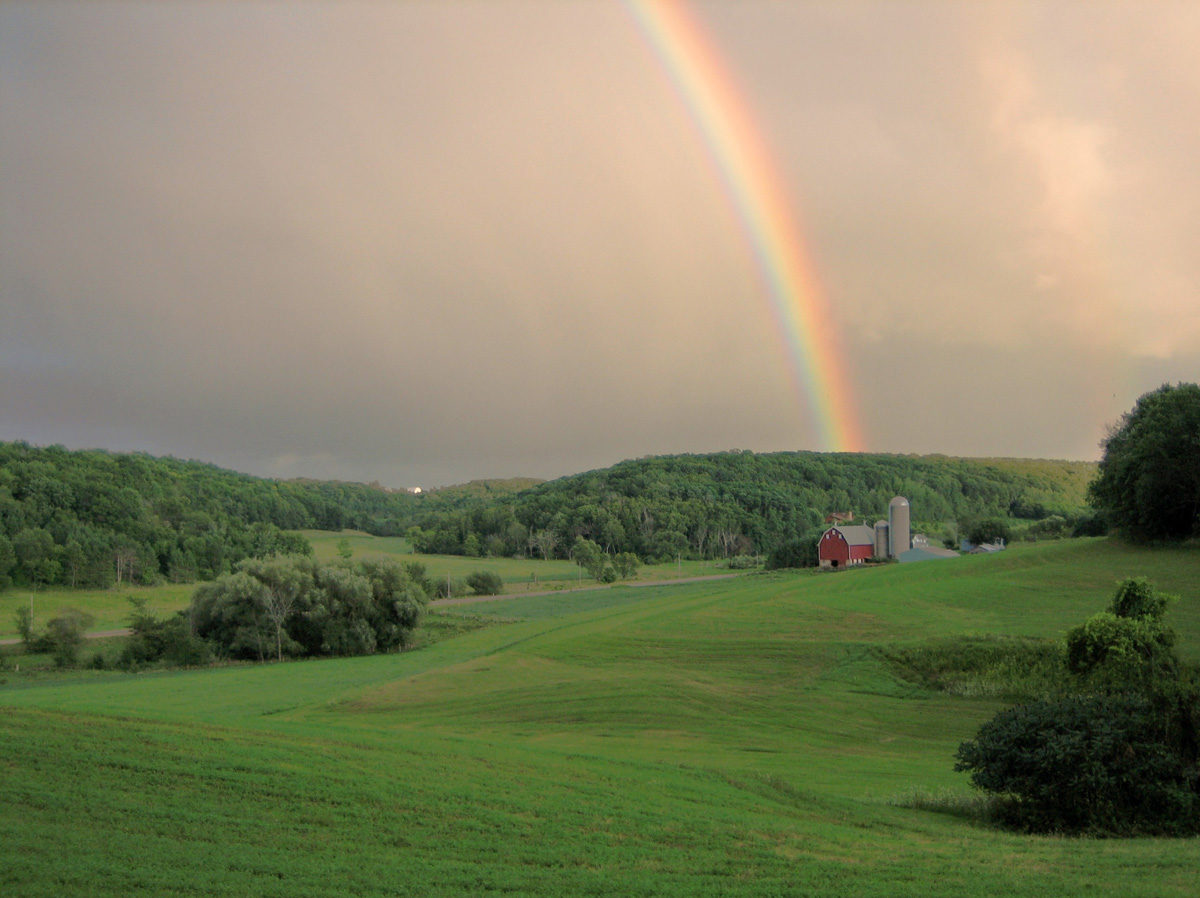
Farm Bill Conservation Expands
2008-present
Since his time on Capitol Hill, Jim Range had envisioned a brighter future for habitat and hunting and fishing access in rural America, where public land opportunities are scarce. Under his leadership, the TRCP championed “open fields,” a farm bill initiative that would incentivize private landowners to offer access to the public for hunting and fishing, ideally in concert with habitat improvements. What became the Voluntary Public Access and Habitat Incentive Program was established in the 2008 Farm Bill and built up in the two farm bills since. It is the only federal program dedicated to creating public access on private lands and a major victory for the TRCP. Unfortunately, Range never got to see “open fields” benefit sportsmen and sportswomen or expand to $49 million in projects across 26 states—he lost his battle with kidney cancer in early 2009 at the age of 63.
Though this loss was heartbreaking, TRCP’s focus on private land conservation never wavered. We pushed for a Conservation Reserve Program Grasslands initiative to help conserve working grasslands and prevent conversion and habitat fragmentation. We championed the State Acres for Wildlife Enhancement (SAFE) program, another CRP initiative, that has provided habitat for sharptail grouse, sage grouse, woodcock, bobwhite quail, pheasants, a wide variety of waterfowl, black bears, mule deer, elk, salmon, steelhead trout, and many other species across 36 states.
In the 2014 Farm Bill debate, we stood with partners to secure authorization for the new Regional Conservation Partnership Program to fund locally led solutions to regional conservation challenges. That same bill restored the linkage between conservation compliance and crop insurance, to ensure that farm support payments aren’t going to farmers who are doing environmental harm. This was among our top three asks for that legislation and an under-the-radar win that continues to serve fish and wildlife habitat.
TRCP Today: As the most recent Farm Bill nears expiration, we’re already fighting for increased investments in private land conservation programs and enhancement of on-the-ground impacts for fish and wildlife in the next five-year bill. Stay up to date and learn how this will affect your hunting and fishing here.

Hunters and Anglers Stop Public Land Grab
2014-2017
Despite the importance of America’s 640 million acres of public land to our hunting and fishing opportunities and our country’s unique outdoor legacy, special interests intensified their efforts to sell off or transfer them to the states in 2015. In response, the TRCP launched sportsmensaccess.org—the home base for hunters and anglers opposed to public land transfer with the latest news on threats to public access. More than 150 sporting groups and businesses joined the coalition and more than 50,000 individual hunters and anglers sent messages to their lawmakers to oppose public land sale and seizure. At the state level, TRCP field representatives across the West helped to beat back all but six of 37 bills advocating for the disposal of federal public lands, driving thousands of hunters and anglers to rally at state capitols and town hall meetings under the slogans #KeepItPublic and #PublicLandsProud.
One congressman, however, was a little slow to get the message. In February 2017, sportsmen and sportswomen flooded the inbox of former Rep. Jason Chaffetz (R-Utah) with letters, tweets, and Facebook messages about his unpopular and dangerous public land sale bill, H.R. 621. In a matter of weeks, more than 10,000 TRCP members contacted their own lawmakers, as well. Shortly after, Chaffetz dropped the legislation, which would have enabled the sale of 3.3 million acres of public lands to pay down the national debt, and he made his mea culpa to hunters and anglers on Instagram under a photo of him wearing a camo coat and holding his dog. Chaffetz retired from Congress that June.
TRCP Today: Presidents Trump and Biden made it clear that this idea would not gain traction on their watch, but the push to sell off public lands hasn’t gone away completely. The tug-of-war between Americans who are proud to have public lands as their birthright and those who seek to undermine these lands for short-term profits has never been tied to one individual bill, state, or lawmaker—it’s a longstanding ideological battle that puts conservation, access, and our hunting and fishing opportunities on the line.
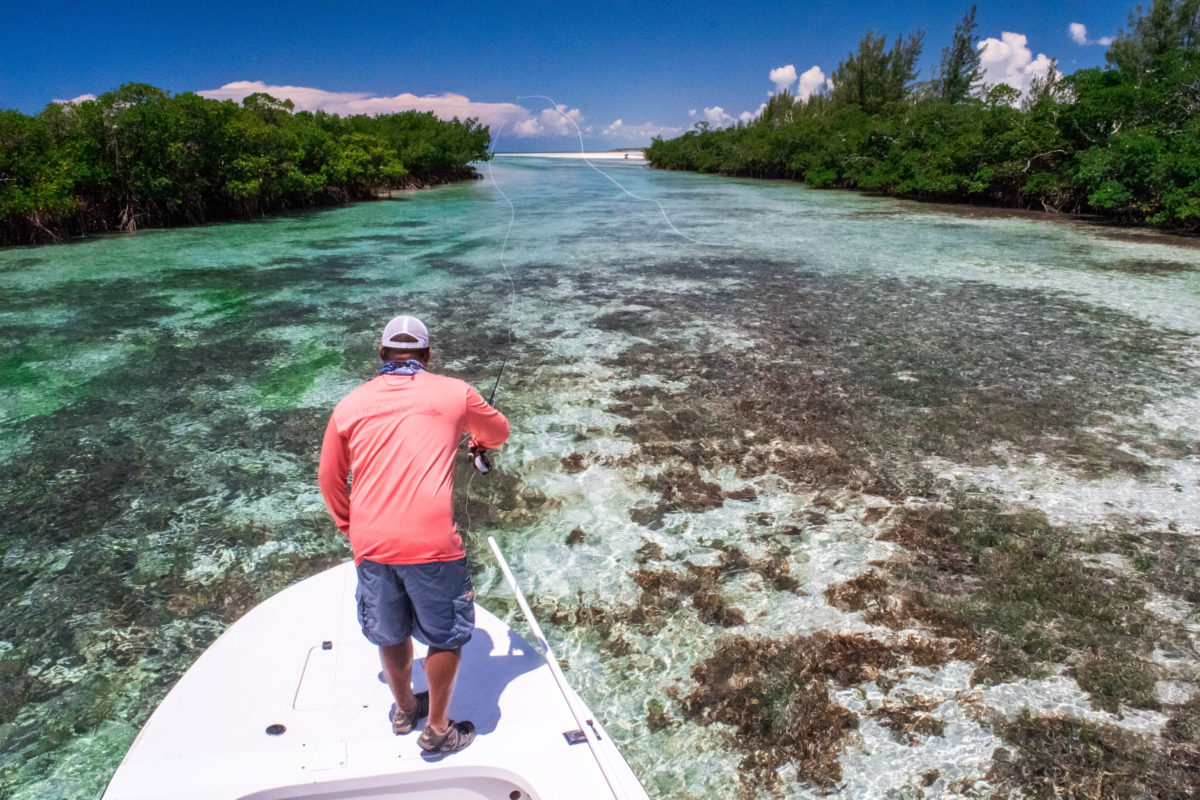
Anglers Demand Better Federal Fisheries Management
2013-2018
After watching federal fisheries management focus almost exclusively on the commercial sector for years, the TRCP embarked on a new effort to improve fish stocks and seasons and urge decision-makers to recognize the value of anglers in this conversation. In 2013, we convened a coalition of groups and industry leaders to lay out a vision for better management of recreational fishing in federal waters. The result was a report outlining six recommendations for conserving marine recreational fisheries, championed by Johnny Morris of Bass Pro Shops and Scott Deal of Maverick Boats.
What became commonly referred to as the Morris-Deal Report—as well as TRCP-led workshops with fisheries managers, biologists, economists, and conservation groups—laid the groundwork for federal legislation that would bring marine fisheries management into the 21st century. In 2015, NOAA released its first-ever policy recognizing the value of recreational fishing, based on our recommendations, and TRCP staff was invited to testify in support of the Modern Fish Act in 2017. A year later, the bill was signed into law.
TRCP Today: In the years since, we have expanded our marine fisheries focus to advocate for better management of forage fish and, particularly, management models in the Atlantic and Gulf of Mexico that recognize the value of menhaden to our sportfish populations and the broader marine food web. Anglers have already been successful at convincing the Atlantic States Marine Fisheries Commission to include “ecological reference points” in menhaden management, and we’ve pushed for the last two legislative sessions to secure more regulation of pogie boats near shore in Louisiana. Most recently, the TRCP and partners have convened a new Aquatic Invasive Species Commission to brainstorm and offer solutions—in the style of the Morris-Deal commission—for slowing and reversing the spread of aquatic invasive species in the U.S.
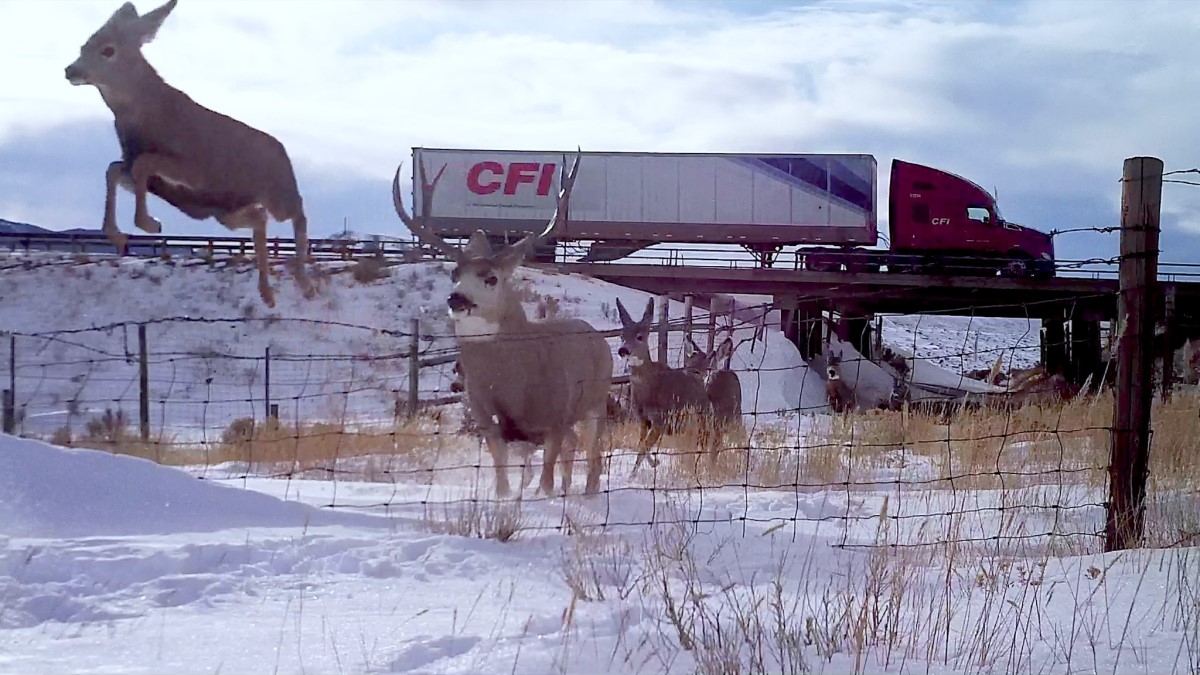
First Migration Corridor Conservation Policies Are Created
2015-present
The TRCP field team has worked diligently over the years to raise awareness with local decision-makers about the lack of conservation policies for big game migration corridors and seasonal habitats that, thanks to advances in GPS collars and wildlife research, we can now use to help direct habitat restoration and improvement and prevent incompatible development. These efforts made a big leap forward in February 2018, when then-Secretary of the Interior Ryan Zinke signed Secretarial Order 3362, which directed agencies to give more attention to habitats where mule deer, elk, pronghorn antelope, and other species migrate, rest, and spend the winter months.
Since that time, the states and federal government have partnered to research big game movements and improve habitat for mule deer, elk, and pronghorn antelope. In addition, the Department and the National Fish and Wildlife Foundation provided more than $15 million to implement the order, funds that were matched by about $30 million in state and private funds. This resulted in on-the-ground projects that range from restoring habitat to improving fencing. The order has inspired Colorado, Montana, Utah, Wyoming, New Mexico, Nevada, Oregon, and Idaho to adopt their own migration corridor conservation programs, with additional states working to join them.
TRCP Today: Building off our 2021 report laying out ways to ensure the best-available migration science is incorporated into public land management across the West, the TRCP continues to work with the BLM and Forest Service on land-use plan amendments and revisions that help to conserve wildlife corridors and stopover areas. There is also potential to do more with private landowners and smooth out collaboration between state and federal agencies, Tribal governments, and individuals to restore habitat connectivity. This year, we celebrated a new pilot program between the U.S. Department of Agriculture and the state of Wyoming, where a diverse set of Farm Bill programs and dedicated funding will support voluntary conservation of private working lands to safeguard migratory big game populations. The hope is to scale up this program across the West in the future.
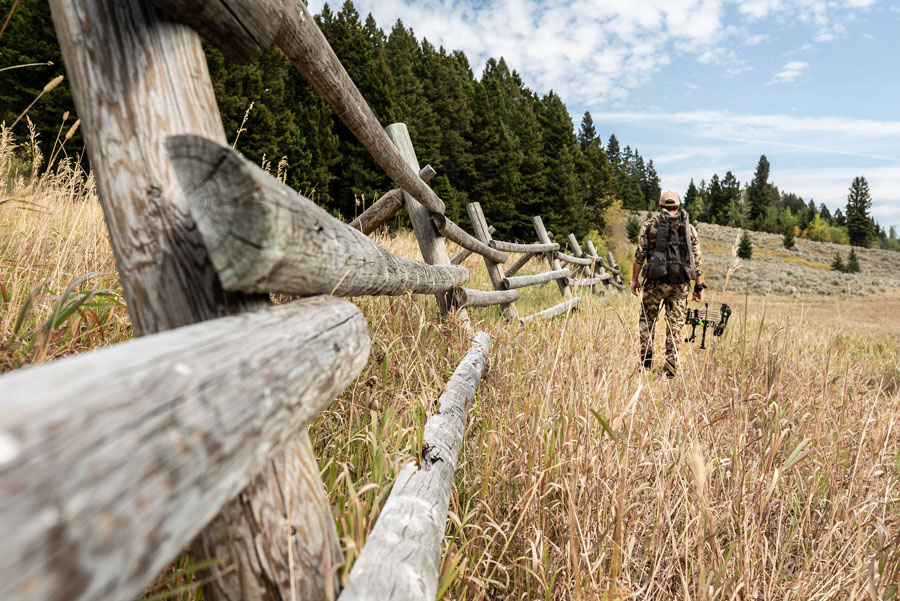
TRCP Unlocks Inaccessible Public Lands
2018-2022
The TRCP continued to differentiate itself in the next great quest for public lands and outdoor recreation access. In 2018, as authorization for the iconic Land and Water Conservation Fund was nearing expiration, other groups created countdown clocks and posted increasingly urgent messages about the need for permanent authorization of this critical resource. While standing with our community to secure the future of the LWCF, we also went to work to quantify a widespread access problem that was tailor-made for LWCF to fix—inaccessible public lands. The TRCP partnered with the digital mapping company onX to identify 9.52 million acres of federal public lands in the West that are “landlocked” by private land with no permanent legal access.
Our first Unlocking Public Lands Report made national headlines just as the conversation around LWCF was heating up, and we were able to offer sound reasoning, based on data, for full funding at $900 million annually, with a minimum of three percent held aside to improve existing public land access, and a plan to take short-term approvals of this critical tool off the congressional to-do list by making authorization permanent. This was accomplished in 2020 through the John D. Dingell Jr. Conservation, Management, and Recreation Act and the Great American Outdoors Act (see below.)
Between 2018 and 2020, we expanded our work with onX to identify a total of 16.43 million acres of inaccessible public lands across 22 states. The company helped us provide land trusts and federal decision-makers with data about the scale and scope of public land access barriers in their area. We also began collaborating with the BLM and Forest Service to modernize their data to reflect existing road easements that provide the public with permanent, legal access across private lands.
It was at this point we discovered that many of the easement records were only kept in paper files at the back of dusty filing cabinets—at the time, the Forest Service and BLM had an estimated 50,000 recorded easements that were not available to the public in geospatial form. The average hunter or angler wouldn’t have known about these public access areas unless they’d walked into a field office to ask, and the agencies would have had trouble prioritizing future easements and land acquisition if this data was not all in one place.
So, in 2020 the TRCP began working with lawmakers to craft and introduce the Modernizing Access to our Public Land (MAPLand) Act, which would require federal agencies to digitize and publicize all their public land access information.
TRCP Today: This year, at the urging of thousands of TRCP members, Congress passed the MAPLand Act—with unanimous support in the Senate—and President Joe Biden signed it into law on April 29. TRCP is presently working with members of Congress to fully fund MAPLand implementation, which includes digitizing and making publicly available information about public access, within a four-year period.
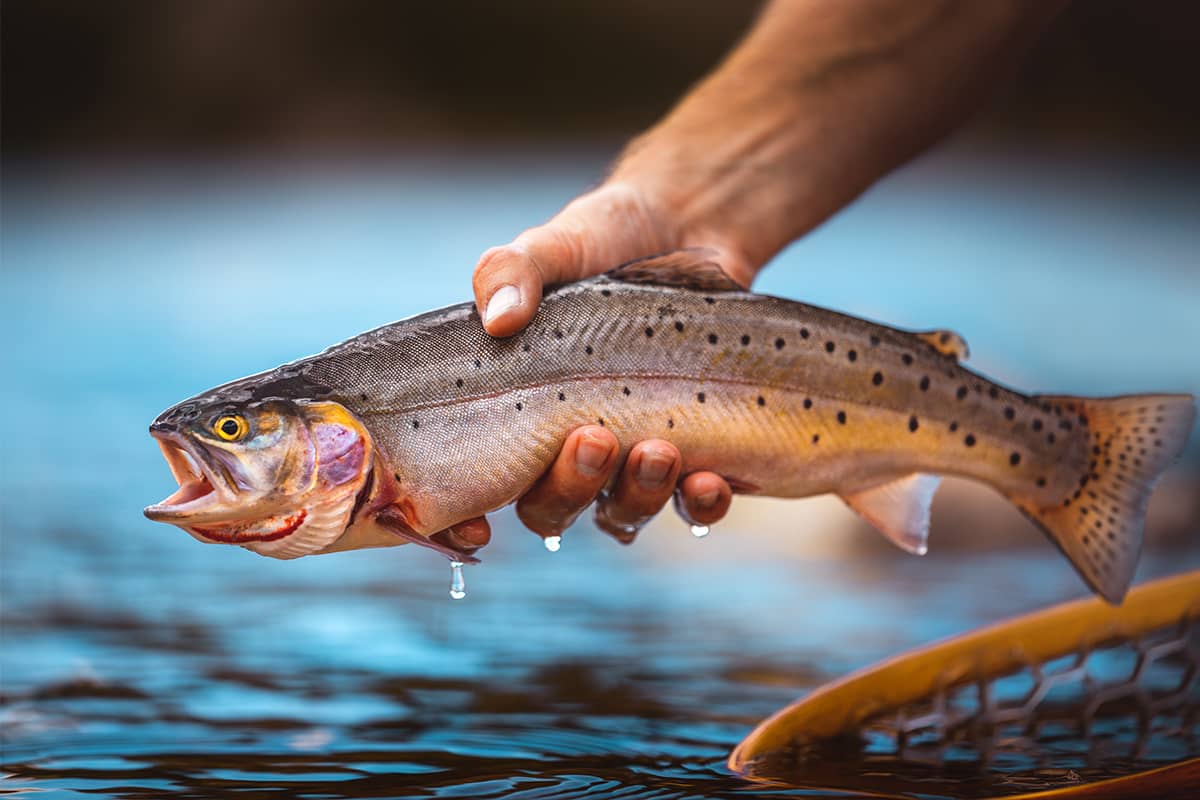
Once-In-a-Generation Conservation Funding
2019-present
The last four years have ushered in a seemingly golden era of bipartisan agreement on conservation investments, even with the pendulum swing of politics in Washington, D.C. With Republicans largely in power in 2020, Congress passed the Great American Outdoors Act—to permanently provide $900 million annually for the Land and Water Conservation Fund and a one-time influx of $9.5 billion over five years to address the deferred maintenance backlog on our public lands—and the America’s Conservation Enhancement Act, which codified the successful National Fish Habitat Program and authorized $60 million annually for waterfowl habitat restoration through the North American Wetlands Conservation Act. Then, with Democrats controlling the Senate and White House in 2021, Congress increased funding to expedite Everglades restoration work and passed the Infrastructure Investment and Jobs Act with major wins for wildlife crossings, ecosystem restoration, natural infrastructure, and climate resilience.
These bipartisan victories reflect the efforts of the entire hunting, fishing, and conservation community—no one group can take the credit. Where TRCP played an important role was in convening partners at the start of the COVID-19 pandemic to forecast how hunters and anglers could advocate for conservation and outdoor recreation jobs, while improving habitat and public lands that were seeing an uptick in visitation during lockdowns. The result was our Conservation Works for America campaign, which outlined recommendations that were taken up in the IIJA and other major funding vehicles. It’s just the kind of victory Jim Range knew was possible if our community could work together.
TRCP Today: As of publication, the Inflation Reduction Act is poised to pass the House and head to the president’s desk for signature. While imperfect, this bill will unleash billions of dollars’ worth of conservation provisions hunters and anglers fought to include in the culmination of TRCP’s Conservation Works for America campaign. And we continue to advocate for conservation funding bills still on the menu for debate and/or passage this Congress, including the Recovering America’s Wildlife Act, North American Grasslands Conservation Act, and Chronic Wasting Disease Research and Management Act.
Thank you for being here and supporting the TRCP, whether you discovered us this year or 20 years ago! We cannot do what we do for fish, wildlife, and hunting and fishing opportunities without the efforts of individual sportsmen and sportswomen who are committed to healthy habitats and safeguarding outdoor recreation access for the next generation. YOU are our inspiration.

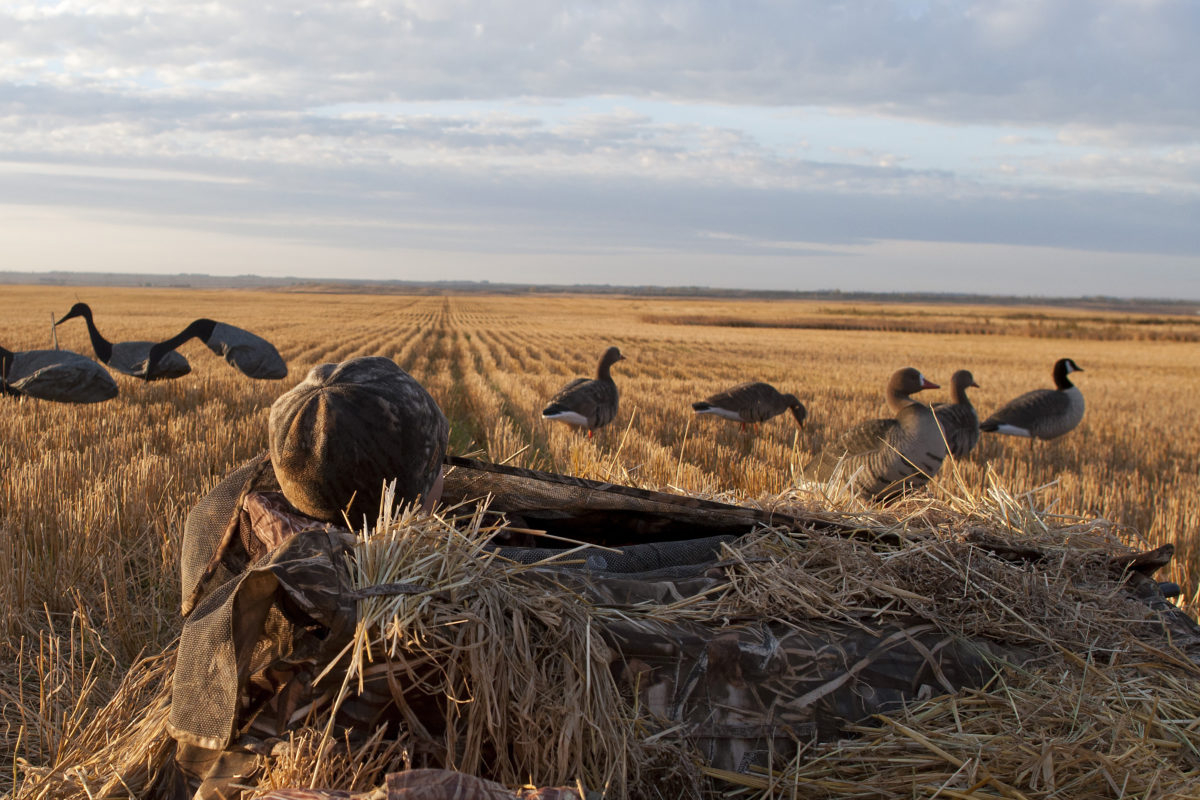
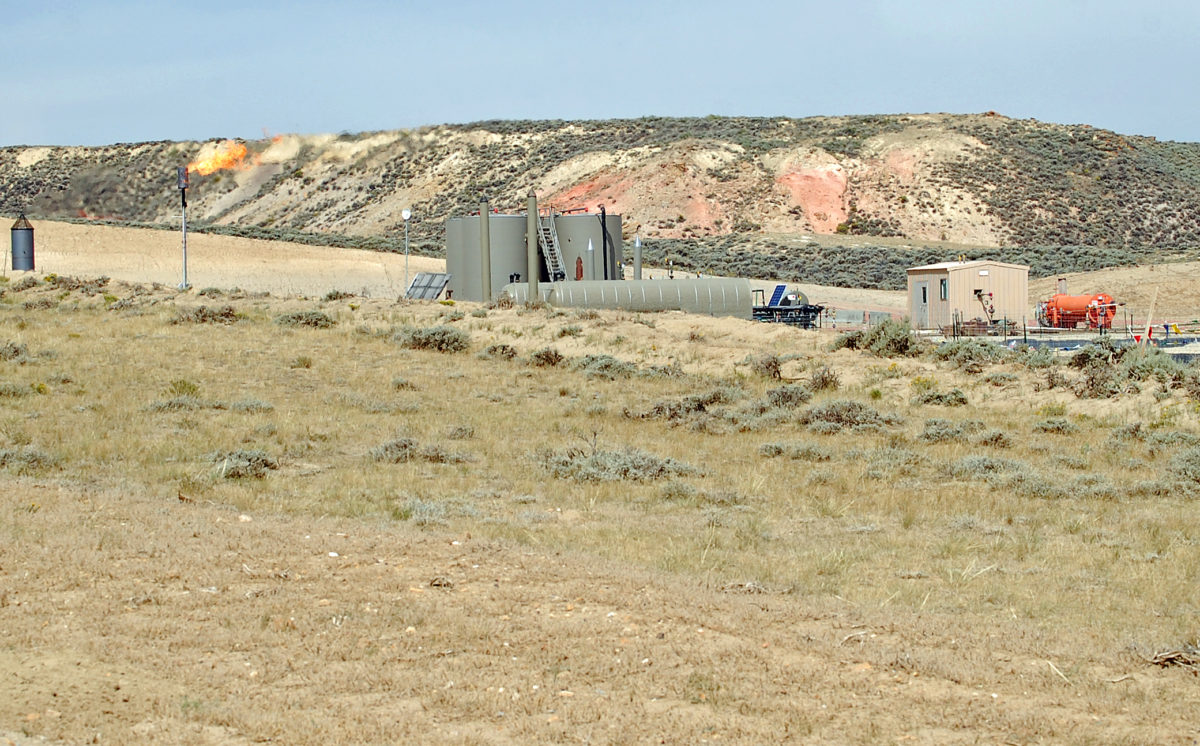
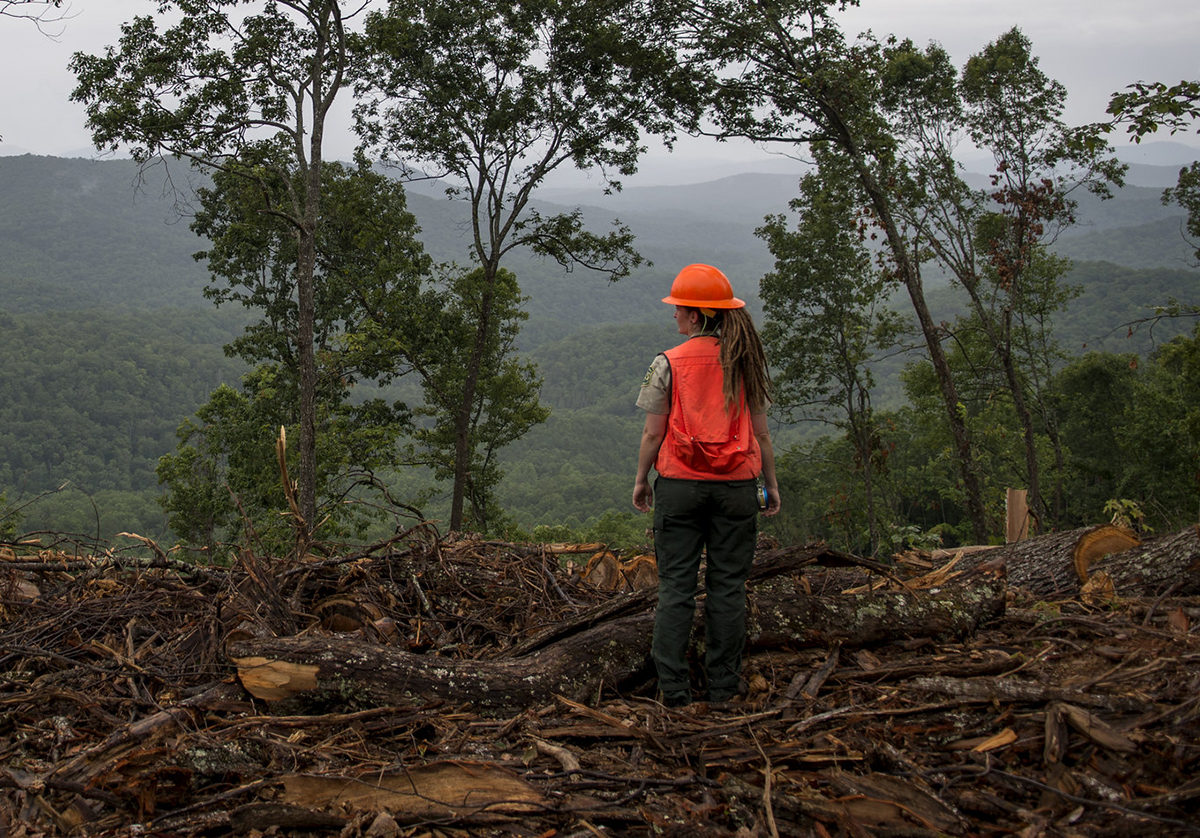
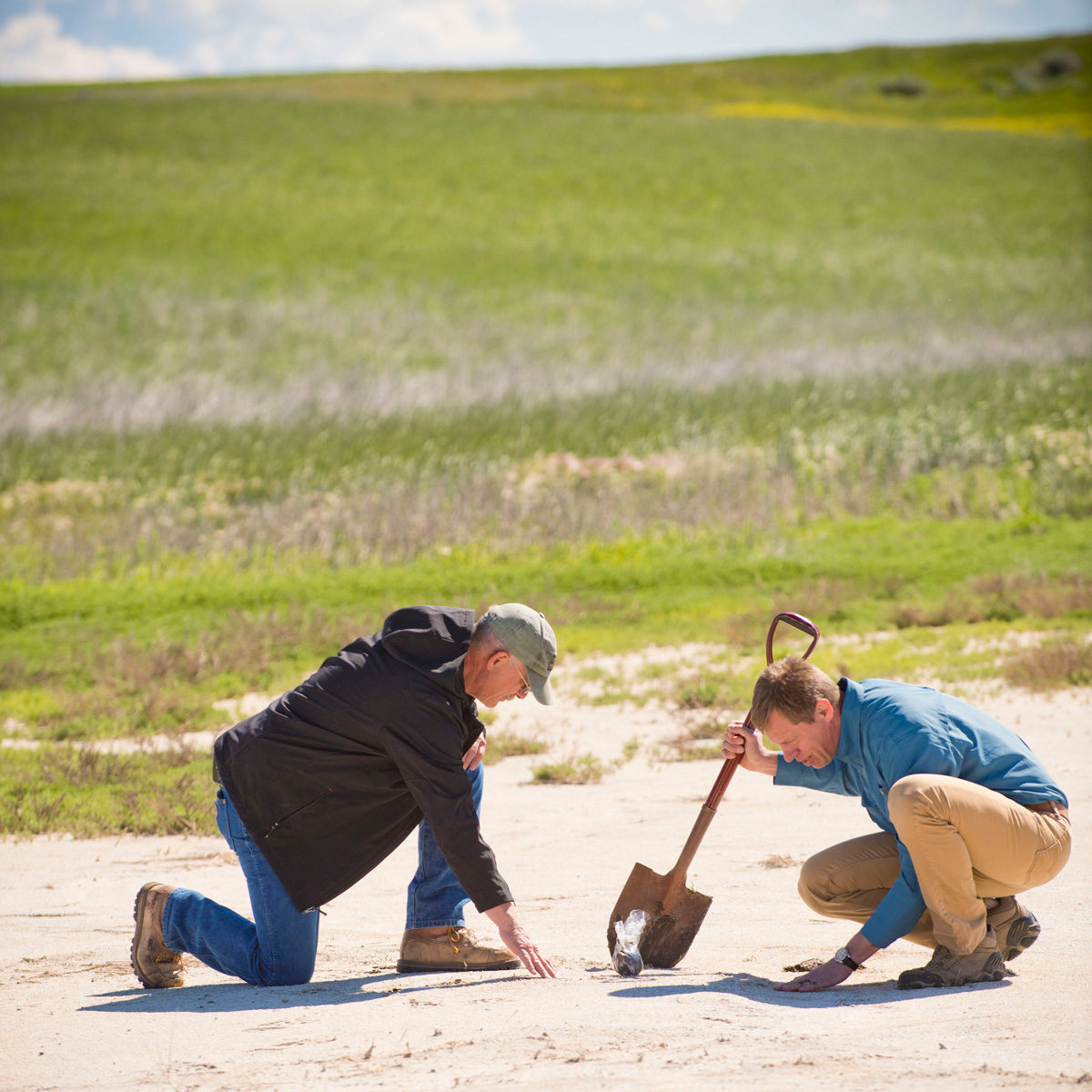
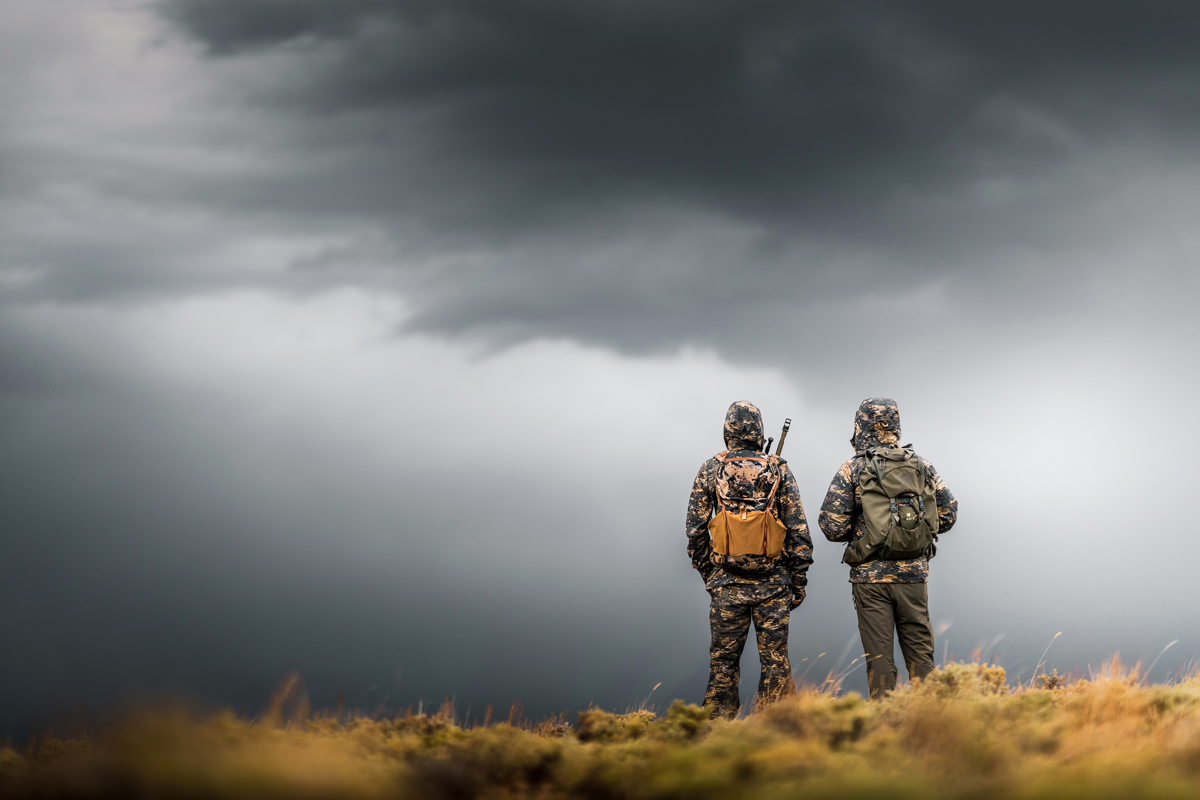





As a birder and an Audubon board director I applaud the partnerships that have been created with TRCP, Audubon, and other wildlife conservation organizations. A rising tide floats all boats and what is good for hunters and anglers is generally good for the health of all species including human. We’ve gotten a lot accomplished together. Glad we’re all working together.